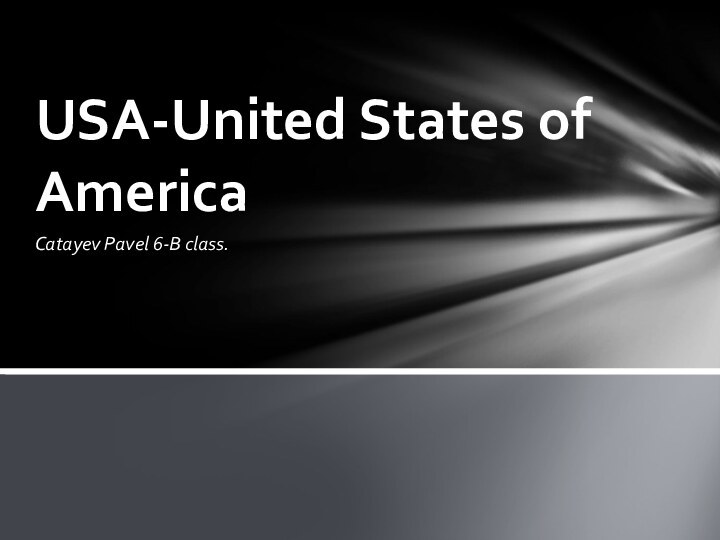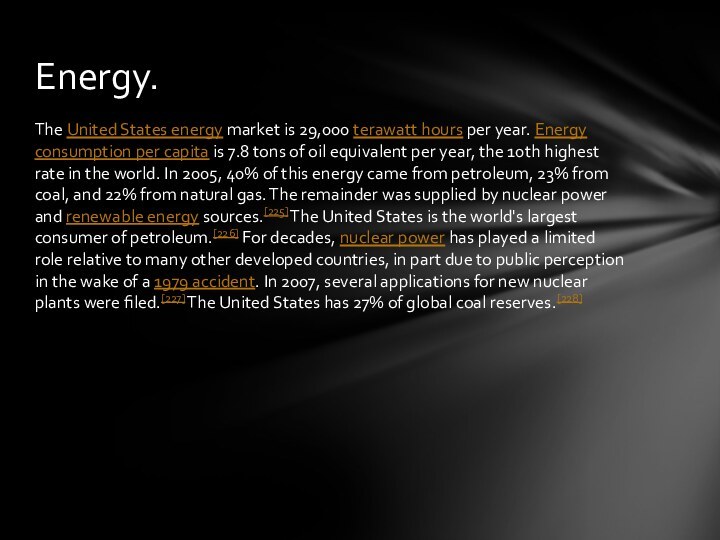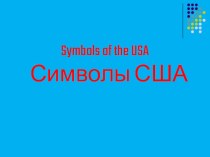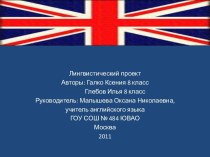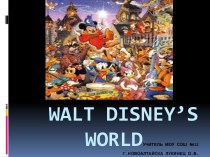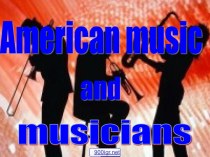other Western countries. Wheat is the primary cereal grain.
Traditional American cuisine uses indigenous ingredients, such as turkey, venison, potatoes, sweet potatoes, corn, squash, and maple syrup, which were consumed by Native Americans and early European settlers.
Slow-cooked pork and beef barbecue, crab cakes, potato chips, and chocolate chip cookies are distinctively American foods. Soul food, developed by African slaves, is popular around the South and among many African Americans elsewhere. Syncretic cuisines such as Louisiana creole, Cajun, and Tex-Mex are regionally important.
Characteristic dishes such as apple pie, fried chicken, pizza, hamburgers, and hot dogs derive from the recipes of various immigrants. French fries, Mexican dishes such as burritos and tacos, and pasta dishes freely adapted from Italian sources are widely consumed.[309] Americans generally prefer coffee to tea. Marketing by U.S. industries is largely responsible for making orange juice and milk ubiquitous breakfast beverages.[310]
The American fast food industry, the world's largest, pioneered the drive-through format in the 1930s. Fast food consumption has sparked health concerns. During the 1980s and 1990s, Americans' caloric intake rose 24%;[309] frequent dining at fast food outlets is associated with what public health officials call the American "obesity epidemic".[311] Highly sweetened soft drinks are widely popular, and sugared beverages account for nine percent of American caloric intake.[312]
Food
